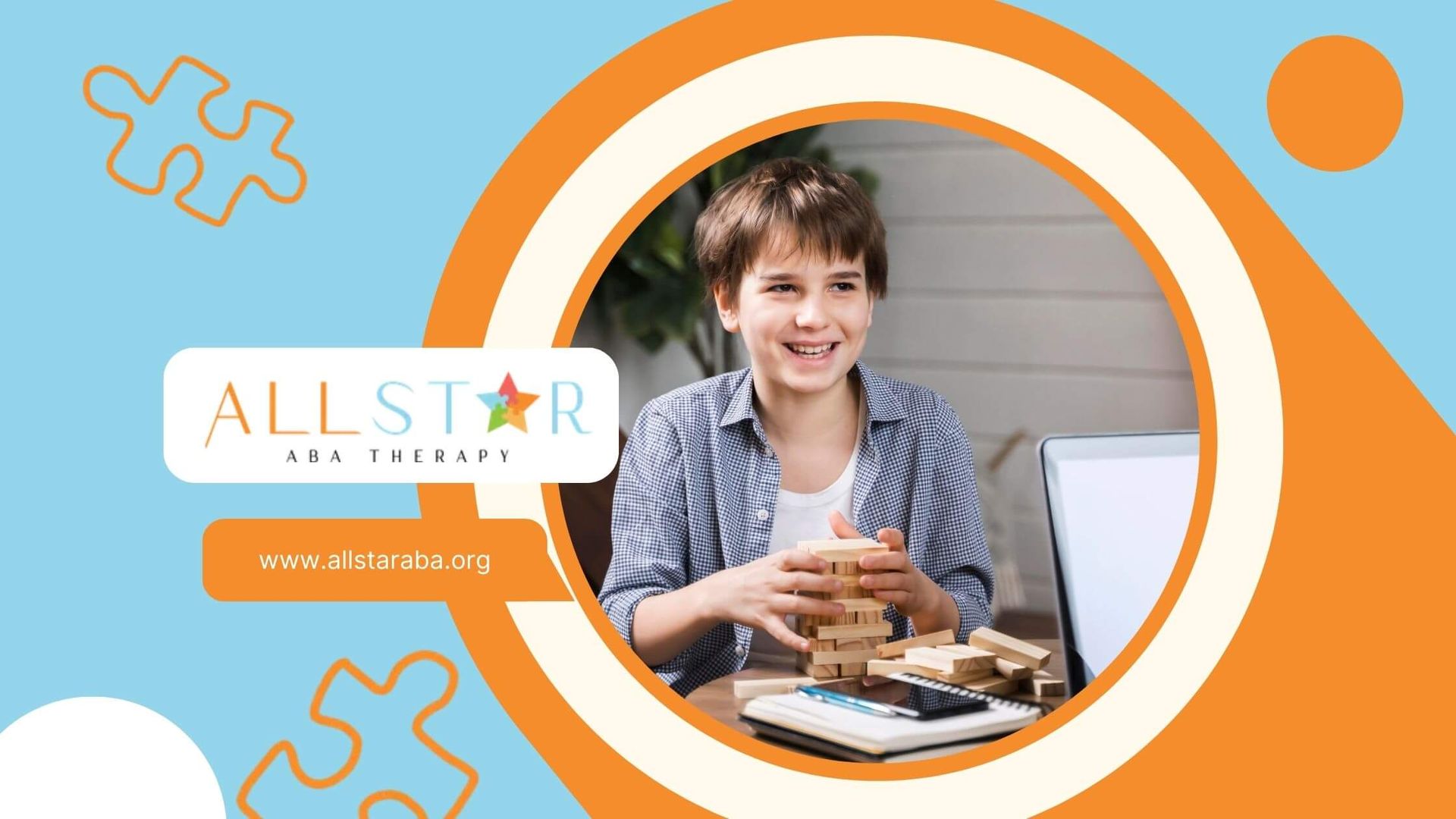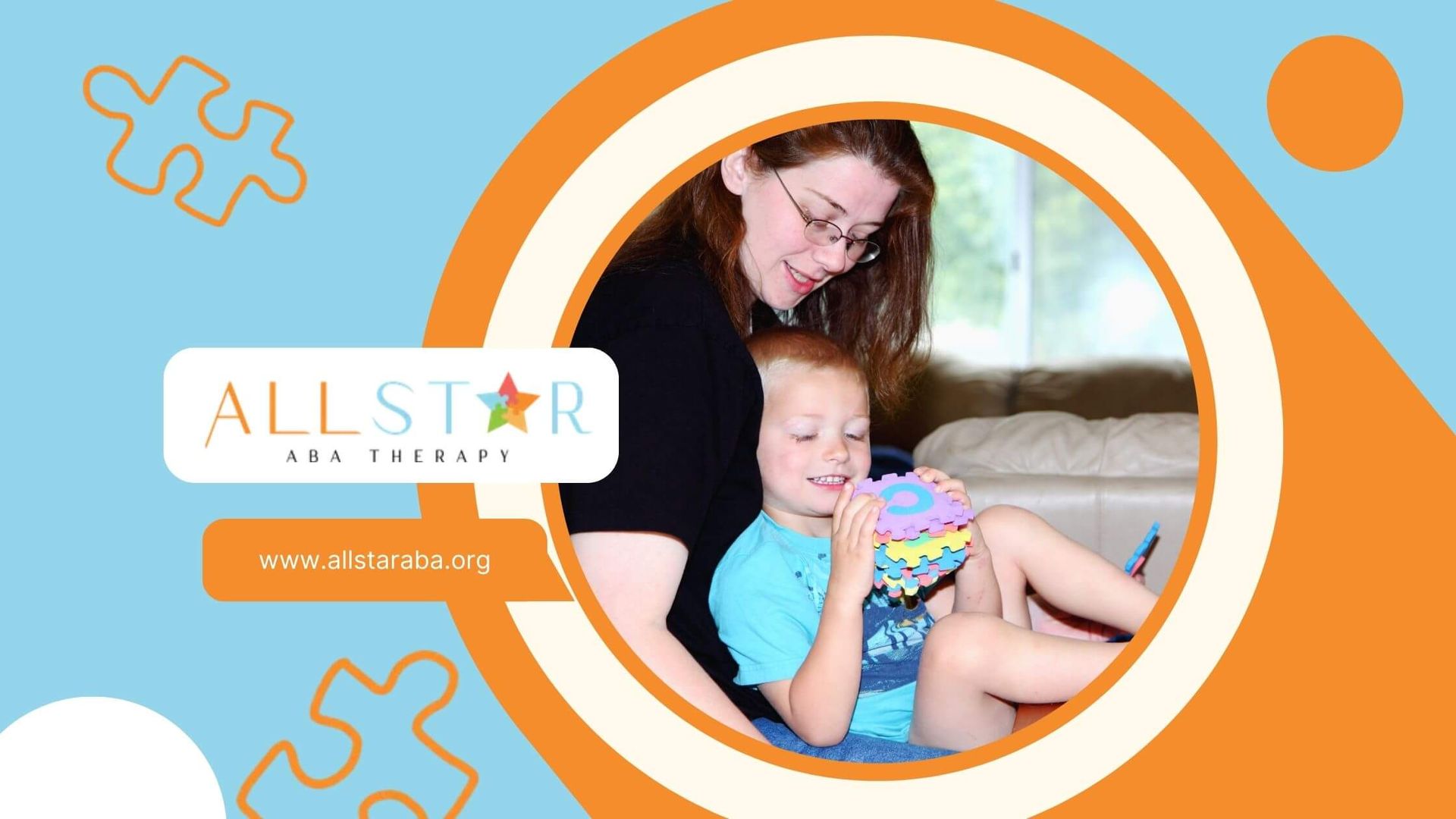New Paragraph
ABA Therapy Not Working? How to Identify and Fix Common Roadblocks
Applied Behavior Analysis (ABA) therapy is a gold-standard intervention for autism spectrum disorder (ASD), with decades of research supporting its effectiveness. However, like any therapeutic approach, ABA therapy may face challenges that stall progress.
If you’ve found yourself asking, “Why is ABA not working?” or “What can I do if ABA therapy isn’t delivering results?”, this guide will walk you through actionable steps to troubleshoot common issues and reignite progress.
Common Reasons ABA Therapy Might Not Work
Understanding why ABA therapy may not yield expected outcomes is the first step to addressing the problem. So, don’t quit ABA just yet! Below are evidence-based factors identified in research and clinical practice:
1. Lack of Personalization
ABA therapy requires tailoring to an individual’s unique needs, preferences, and learning style. A one-size-fits-all approach often fails because:
- Generic goals may not align with the individual’s developmental stage or interests.
- Inflexible strategies ignore sensory needs or communication differences.
Example: A child who hates loud noises might disengage if sessions involve noisy toys, even if those toys are commonly used in ABA.
2. Negative or Fear-Based Environments
Therapies that prioritize compliance over comfort can backfire. Practices like punishing natural behaviors (e.g., stimming) or demanding eye contact may create stress, leading to resistance or shutdowns.
3. Poor Communication Between Therapists and Caregivers
Misalignment between home and therapy settings can derail progress. For example:
- Therapists may not share updates with parents.
- Families might struggle to implement strategies consistently.
4. Overly Structured Sessions
While structure is vital, overly rigid sessions can overwhelm individuals with sensory sensitivities. Repetitive drills without breaks may lead to burnout.
5. Unaddressed Underlying Medical Issues
Conditions like cerebral folate deficiency or gastrointestinal issues can impact behavior and responsiveness to therapy.
Expert Troubleshooting Tips
1. Revisit the Functional Behavior Assessment (FBA)
An FBA identifies the why behind behaviors. If progress stalls, reassess:
- Triggers: Are there new stressors (e.g., changes in routine, sensory overload)?
- Reinforcement: Is the reward system still motivating? A 2009 study found that ineffective reinforcement can cause regression.
Action Step: Work with your BCBA® to update the FBA and adjust goals.
2. Prioritize Positive Reinforcement
Replace punitive measures with rewards that resonate with the individual. For example:
- Tangible rewards: Stickers, favorite snacks.
- Social rewards: Praise, high-fives.
Pro Tip: Conduct frequent preference assessments to keep reinforcement meaningful.
3. Optimize the Therapy Environment
- Reduce sensory overload: Use noise-canceling headphones or dim lights if needed.
- Incorporate interests: Integrate the individual’s passions (e.g., dinosaurs, trains) into sessions.
4. Strengthen Therapist-Caregiver Collaboration
- Weekly check-ins: Share updates on progress and challenges.
- Parent training: Equip families with strategies to reinforce skills at home.
5. Address Medical or Developmental Barriers
Consult healthcare providers to rule out issues like sleep disorders or nutrient deficiencies that could hinder progress.
6. Adjust the Pace and Structure
- Shorter sessions: Break tasks into 10-15 minute blocks to prevent overwhelm.
- Incorporate play: Blend learning with play-based activities to boost engagement.
7. Monitor Data Consistently
Track progress using measurable metrics (e.g., frequency of target behaviors, skill acquisition rates). If data shows stagnation, pivot strategies.
How All Star ABA Helps Overcome These Challenges
At All Star ABA, we specialize in personalized, compassionate ABA therapy designed to address the root causes of stalled progress. Here’s how we stand out:
1. Truly Individualized Therapy Plans
- Custom goals: We design programs around your child’s strengths, interests, and sensory needs.
- Flexible sessions: Mix structured learning with play and
natural environment training (NET).
2. Trauma-Informed & Neurodiversity-Affirming Practices
- No forced compliance: We respect stimming and self-regulation behaviors.
- Child-led approach: Let the child’s curiosity guide sessions.
3. Seamless Family Involvement
- Parent coaching: Monthly workshops to help you reinforce skills at home.
- Real-time updates: Use our client portal to track progress daily.
4. Multidisciplinary Collaboration
- Partner with speech therapists, OTs, and pediatricians to address holistic needs.
5. Data-Driven Adjustments
- Our BCBA®s review data weekly to tweak strategies and ensure growth.
Conclusion: Let’s Reignite Progress Together
If ABA therapy isn’t working, it’s not the end of the road—it’s a sign to refine the approach. At All Star ABA, we’re committed to troubleshooting challenges with empathy and expertise. Whether it’s adjusting reinforcement strategies, reducing sensory triggers, or collaborating with your family, we’ll work tirelessly to help your child thrive.
Don’t wait for progress to stall further. Call All Star ABA today to schedule a consultation and discover how our tailored ABA therapy programs can reignite your child’s growth.
Frequently Asked Questions
How long should we wait before deciding ABA therapy isn’t working?
Give it at least 3-6 months, but communicate concerns to your BCBA® immediately if progress halts.
Can ABA therapy work for nonverbal children?
Yes! ABA can help nonverbal children communicate using AAC devices, sign language, or picture cards.
Does insurance cover ABA therapy adjustments?
Most plans cover reassessments and plan updates. Contact our billing team for details.
Need Support?
We're Here to Help!
Our experienced team is ready to assist you. Reach out today to discuss how we can support your child's development and well-being.
Get started with expert ABA therapy today.








